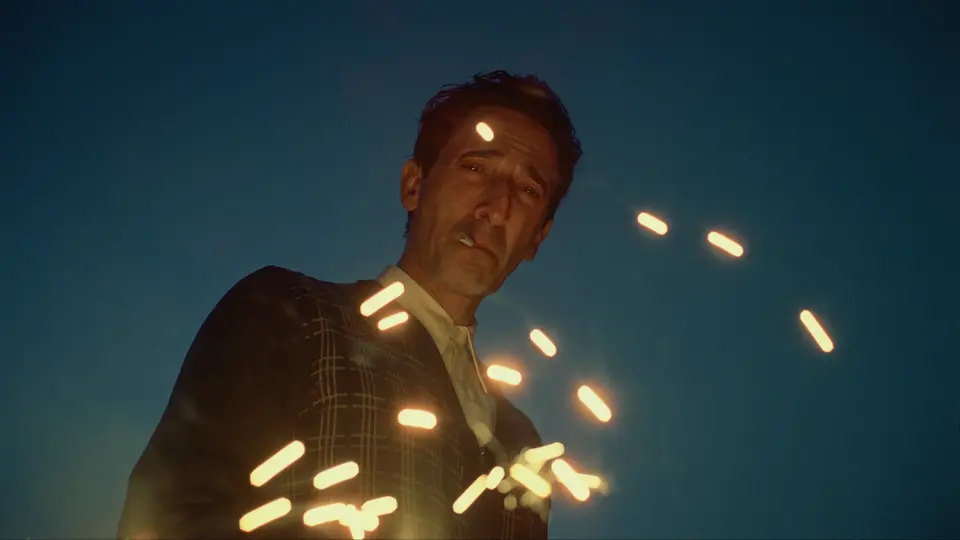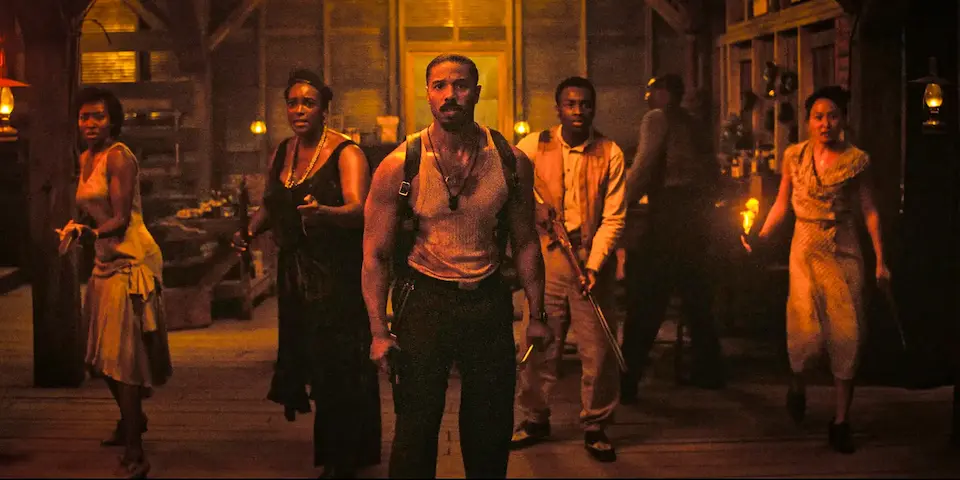“Mad Max: Did Modern Hollywood Just Kill Another Franchise?”
The release of Furiosa: A Mad Max Saga has brought the franchise back into the spotlight. But has the outcome been positive?

If you grew up in the 80s or have a taste for movies from that time, you must be familiar with Mad Max. This universe was created by a then-unknown George Miller, a medical professional from Sydney. His work in an emergency room allowed him to witness many injuries and deaths on a daily basis, something that would be fundamental when developing the franchise.
In 1971, while Miller was completing his residency at a hospital, he attended a summer film workshop where he met Byron Kennedy. That would be the beginning of a friendship and a production partnership. Their first work together would be the 1972 short film, Violence in Cinema, Part 1, which was screened at different film festivals and won several awards. The same year, Miller and Kennedy founded Kennedy Miller Productions, the company that eight years later would independently produce the first Mad Max.
The Road to Success
To develop that project, Miller hired journalist James McCausland to work with him on a screenplay based on his and Kennedy’s ideas. McCausland had never written a script before and worked from a one-page outline provided by Miller.
Miller and Kennedy first took the idea to the distribution company Roadshow (now Village Roadshow Pictures), which wanted to take on the project but felt they would be unable to raise enough money to do it. Both friends contributed themselves by doing emergency medical calls—Kennedy driving the car and Miller attending to the patients—for three months. In the end, it was possible to raise the necessary funds, achieving a final budget of between $350.000 and $400.000, according to Miller (other sources set the budget at $200.000).
Aware that bringing a big name to star in the film would consume too much of the budget, it was necessary to find someone who was not well-known. Mel Gibson, a graduate from the National Institute of Dramatic Arts (NIDA), was chosen after delivering an impressive audition. Also, most of the biker gang extras were members of actual Australian motorcycle clubs and rode their own motorcycles in the film.

The shoot was anything but quiet. It suffered different delays that extended the intended shooting period of ten weeks to fourteen. The crew was closing roads without filming permits and avoiding the use of walkie-talkies because their frequency coincided with the police radio. However, later in the production, the Victoria Police became interested in it and began helping the crew by closing roads and escorting vehicles.
Post-production was done at an apartment using a home-built editing machine that Kennedy’s father had designed. Tony Patterson spent four months editing, but other work commitments made him leave before it was finished. Miller and Cliff Hayes took over for another three months, and the final cut was done by both Miller and Kennedy.
The musical score was composed by Brian May.
Finally, Mad Max was released in Australian theaters on April 12, 1979.
Mad Max (1979)
The original film introduces us to Max Rockatansky, a member of the MFP (Main Force Control), the last vestige of what used to be law enforcement in a world ruled by violent gangs. Max’s involvement in the pursuit and subsequent death of gang member, Nightrider, will put him in the crosshairs of his dangerous partners.
Even though it received criticism due to the explicit violence, the film was also highly praised for the stunt work and Miller’s directing. It grossed over $5.000.000 in Australia, a huge number considering the modest production budget.
As a fun fact, Mad Max was initially banned in some countries, like New Zealand and Sweden, where the film would not be released until years later.
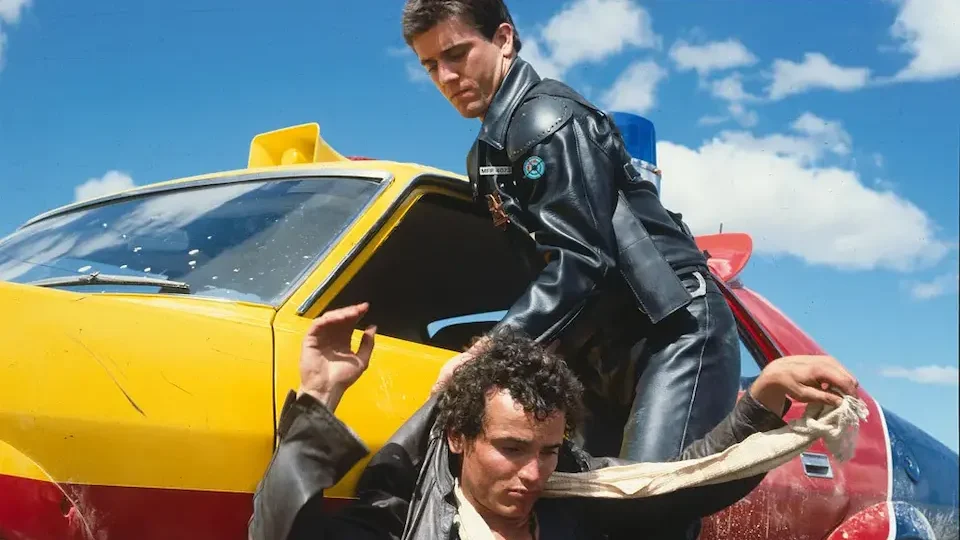
After its release in Australia through Roadshow, American International Pictures acquired the distribution rights for the United States, and Warner Bros. for the rest of the world. For the U.S. release, the original dialogue was redubbed by American voice actors, replacing most of the Australian slang. It wasn’t until 2000 that the film would be released in its original state in that country.
The final result was a worldwide box office of $100.000.000, making it the most profitable film ever made at the time. It held the Guinness World Record for the highest box office-to-budget ratio of any motion picture, a title it kept until the release of The Blair Witch Project in 1999.
Mad Max 2: The Road Warrior (1981)
This second film gives more context to what is happening in this universe. The opening scene explains that a global war is responsible for the current state of the world. The shortage of oil and the human destruction of the environment made civilization collapse, turning the world as we knew it into a desert where only the strongest can survive.
In this desolation, our protagonist comes across a working oil refinery controlled by a small community of people. The group is being stalked by a motorized gang that wants to appropriate the oil production and the machinery. Max ends up forming an alliance with the oil people and helping them escape safely in exchange for the return of his car and extra resources.
Here, Miller saw the opportunity to improve his previous project, which have not been all that satisfactory to him, making the most of a bigger budget.
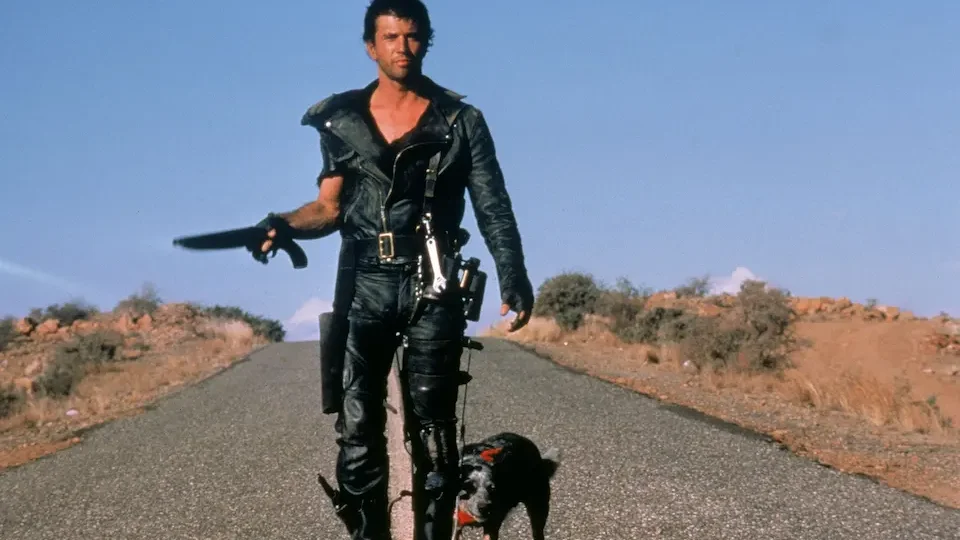
The critical response was excellent, and in Australia, the film managed to double the box office of the first Mad Max. The original cut was censored due to the violence depicted on screen, which caused some scenes to be eliminated or edited.
In America, the film was released simply as The Road Warrior, omitting all references to the original during its promotion. This decision was made based on the knowledge that the majority of the audience in that country was unfamiliar with the first movie.
Worldwide, The Road Warrior grossed $23.668.407 during its theater run.
Most fans agree that Mad Max 2 is the best of the franchise, and it is indeed my personal favorite. Not only the action scenes and the story are great, but it also has the most memorable set of characters of all films: be it Papagallo, the Gyro captain, the feral kid, the brutal Lord Hummungus, or Max’s loyal dog.
Mad Max: Beyond Thunderdome (1985)
Beyond Thunderdome was made after Byron Kennedy’s death in 1983. Miller was initially hesitant to continue Mad Max without his friend. He asked George Ogilvie, with whom he had worked in a TV series, to join the project and help him direct.
Even though the third film was another success, earning over $36.000.000 globally and having a good critical reception, fans’ opinions tend to be more divided. The main issue is that Beyond Thunderdome was intended as a more commercial and friendly movie (it was even rated PG-13), and so it lacks the crudeness and violence of previous installments.

The first half of the film has the adventure and danger that were expected. After being robbed of his car and supplies, Max arrives at Bartertown. Impressed by his toughness, the town ruler, Aunty Entity (played by Tina Turner), offers to return his belongings if he completes a task for her: killing a man.
The scenes when Max fights for his life inside the unforgiving Thunderdome are the best the movie has to offer. Unluckily, once our protagonist runs into a group of kids resembling Peter Pan’s Lost Boys, the story begins to falter. It’s a good project overall, but it didn’t manage to fill The Road Warrior’s shoes.
This time around, the soundtrack was composed by Maurice Jarre, and it contains two songs performed by Tina Turner herself, both of which were commercial hits.
Besides those divided opinions on Beyond Thunderdome’s merits, Mad Max was indubitably consolidated as a very profitable franchise. In the chart below, you can observe and compare the financial information for each entry.
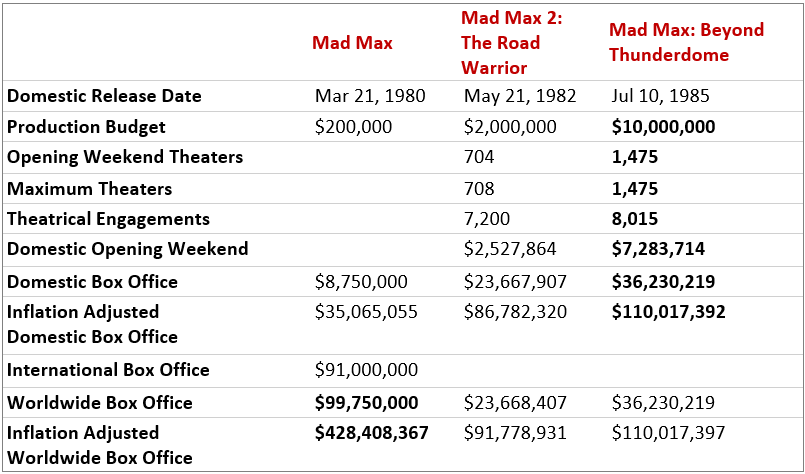
However, it would take a long time for a new installment to see the light of day.
A Thirty-year Wait
The idea of what would end up becoming Fury Road was conceived by George Miller in 1987, just a few years after the release of Beyond Thunderdome. He worked with many storyboard artists on the design of the film before starting to write a script, along with Nico Lathouris.
Pre-production started in 20th Century Fox in the early 2000s, with Mel Gibson’s set to come back as Max. Sigourney Weaver was contemplated for the female lead (later Imperator Furiosa). However, the project was postponed after the September 11 attacks, which caused financial problems. There were also concerns about the planned Namibian shoot due to the Iraq War.
As the years went by, eventually Gibson’s age became an issue, along with other controversies that surrounded the actor’s life.
By 2009, the film had moved from Fox to Warner Bros., and in 2010, the first casting announcements were made. Tom Hardy would be replacing Gibson as Max, and Charlize Theron would also be playing a leading role.
The filming took place in Namibia and South Africa, beginning in July 2012. Unfortunately, the production went over budget, and it was forced to wrap in December of that year, before the Citadel scenes had been shot. The change of leadership at Warner allowed production to continue, and new material was filmed between November and December 2013 in Australia.
Mad Max: Fury Road was released on May 7, 2015.
Mad Max: Fury Road (2015)
This new installment sees our hero being captured by Immortan Joe’s War boys. He is taken to the powerful Citadel, where he is assigned as a human blood bag to Nux, a sick War Boy.
Joe sends his lieutenant Imperator Furiosa in the “War Rig” to trade food and water for petrol and ammunition with her two allies, the Bullet Farmer and the People Eater. Furiosa does not get far before Joe realizes his five wives are in the Rig with her, intending to escape. The leader sends an entire army in their pursuit, beginning a chase that will take on the entire film.
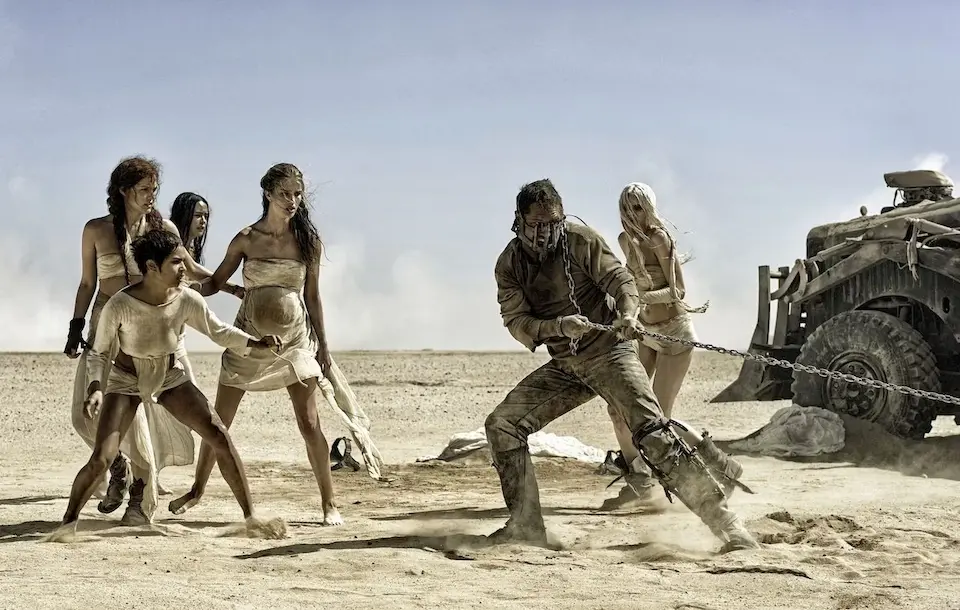
Max is forced to participate, as he is connected to Nux, but later manages to escape and ends up forming an alliance with Furiosa and the five wives. Together, they intend to get to The Green Place, Furiosa’s childhood home, where they can find peace and safety.
The movie in itself is wonderful. All the actors are at their best, and all the new characters are intriguing. The action scenes are simply memorable. Most of the sequences were filmed using practical effects, achieving a very impressive outcome. Some have placed Fury Road on the list of the best action films ever made.
I didn’t watch it when it first came out, but I remember how highly it was spoken of at the time. It was nominated for ten Academy Awards, winning six, including film editing, production design, costume design, make-up and hairstyling, sound mixing, and sound editing, all very much deserved.
As much as I enjoyed the film and recognized its merits, I still find a very important issue with it: even though the film has Mad Max in the title, this is not a Mad Max story. Despite what it claims, Fury Road is a Furiosa movie. The Max Rockatansky of the original trilogy is relegated to a supporting role.

The new story being so female-centered is not a small change. Mad Max, as a franchise, has always been very masculine. Not only because the main character was a man, but because the action genre tends to attract a male audience. That is not to say women never consume this type of project, but men are the majority.
We didn’t know it yet, but we were seeing the begging of Hollywood’s feminist era, and Mad Max would not be the last intellectual property to be taken over by the new trend. During my research, I found people online who are sure that Fury Road was indeed case zero for this. Since the film had been in development for so long, I don’t know how much it was affected by the feminist trend, but the change of approach was evident when we compared it with the original trilogy.
The problem when you take a tradicionally masculine product and try to girl-bossify it, as Hollywood has found out time and time again over the past decade, is that you are going to lose a part of your audience. And you may not get new people to the theaters, because as I said, women are not that interested in action movies to begin with.
Of course, the people who grew up with the original trilogy expected to see Max on screen! Preferably, Mel Gibson.
And looking at the numbers, it seems like that fact was an issue for plenty of moviegoers. All this time, for the way the media reported it, I had been convinced Fury Road was a great hit in its time. Apparently not.
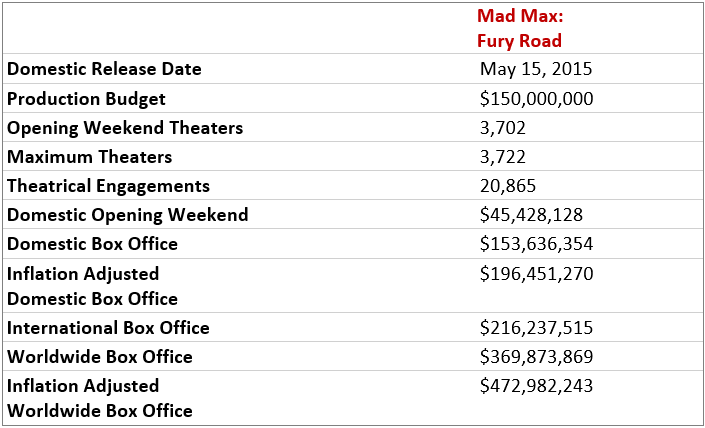
With a production budget of $150.000.000, the film only reached $369.873.869 at the worldwide box office (without adjustment for inflation). Considering the DVD and Blu-ray sales as well, we can hardly call it a failure, but it is evident that it was not the commercial success the media says it was.
Furiosa: A Mad Max Saga (2024)
George Miller and Nico Lathouris developed many of the characters’ backstories while writing Fury Road, Furiosa included. Their original idea was for the Imperator’s story to become an anime film. At some point, Miller even wanted to film both Fury Road and Furiosa back-to-back, but it was not possible.
In 2017, Miller’s production company filed a lawsuit against Warner Bros. over a Fury Road salary dispute, which delayed any additional entries in the franchise to entered development. The matter was settled in 2020, and pre-production for Furiosa officially started. By 2019 it was already known that the film was still being planned in spite of the legal trouble and that two other Mad Max sequels were on the table.
Furiosa is set fifteen or twenty years before the events of Fury Road. It shows us the title character’s kidnapping as a child by Dementus, and her journey to become Immortan Joe’s lieutenant and get revenge from the people who stole her mother and childhood.

Anya Taylor-Joy and Alyla Browne played Furiosa, with Chris Hemsworth as Dementus, Lachy Hulme as Immortan Joe, and Tom Burke as Praetorian Jack.
The movie was released on May 15, 2024, in Cannes and on May 23 in theaters. Both the critics and the audience gave glowing reviews. It had everything to be a success.
However, the numbers for the opening weekend were abysmal: $26.326.462 on the domestic box office, marking the worst Memorial Day weekend in the U.S. in thirty years. Internationally, it couldn’t go further than $33.000.000 in that same period, leaving the global box office scraping to $60.000.000. A pitiable number for a film with a production budget of $168.000.000, the highest for the franchise so far.

In its second week, the film had a fall of 59%, staying behind family movies such as Garfield and If.
Furiosa is currently starting its fourth week in theaters, and the global box office is at $145.135.014.
Not the Best, But Still Better than Most
The bad numbers might lead the public to believe Furiosa is not a good film, but the truth is that the project is above average in terms of quality, especially for current times. George Miller has us used to a certain level, and in technical aspects, it does not disappoint. The only issue I could point out is that the use of green screen becomes more evident in some sequences than it was in Fury Road, and that the rhythm is not the same either. It was a little too long, extending for more than two and a half hours, and it’s structured into chapters.
If there is something that can be appreciated in this movie, story-wise, it is that it allows us to explore the Wasteland a bit more, going through places that were only mentioned in passing on Fury Road, like Bullet Farm and Gas Town.
My main problem is that we don’t get to know Furiosa in depth, even though the film is about her. It would have been interesting to have a small glimpse of her childhood in the Green Place and see her turn from an innocent and happy child to a survivor. At the beginning of the film, she is already extraordinary and smart. Her mother’s death scars her, but she was already a tough girl before that.

In the first Mad Max, we get to see that the protagonist has a happy personal life despite the dangers of his job: he has friends, a wife, and a child. It is pretty important because it makes clear the change in Max’s personality and attitude towards life. The loss of his loved ones emotionally destroyed him. Furiosa’s character doesn’t have that kind of development; there is nothing to humanize her, no true connection with anyone, at least not on screen.
The same happens when she forms a strong bond with Praetorian Jack, which, I guess, is close to a love story. The film gives this so little screen time that when he dies, you feel indifference. And it should have been sad. I spent two hours following her whereabouts, and I still feel no connection to Furiosa.
I also noticed some inconsistencies in the script. For example, Furiosa escapes her fate as a wife and hides as a boy for the next several years, but once she is revealed as a woman… nothing happens. Why is she not forced to go back and bear children for Immortan Joe? These are little things that take away the sense of danger that the film wants to evoke.
What Went Wrong with Furiosa?
Studios have two explanations whenever a major release fails to deliver. In this case, it has been alleged that Furiosa’s domestic grosses come largely from premium large formats such as IMAX or Dolby Cinema, which tend to be more expensive and would only appeal to a smaller part of the audience. The other excuse is that ever since the pandemic, people have become used to waiting for films to be available on a streaming service, which takes a relatively short time.
I’m not saying those things don’t have an impact, but the truth is that when people are truly interested in a project, they are happy to support it by paying for a ticket. Take a look at Barbie and Oppenheimer last year. The problem is precisely the lack of interest audiences are displaying, and it is due to more than one factor.
In the first place, they used “a Mad Max saga” in the title again to promote something that has nothing to do with Max. Furiosa’s story hadn’t piqued that much interest. Charlize Theron was great in the role, but her character’s story was explained in Fury Road. We already knew that her quest to find her home ended up being fruitless: the Green Place doesn’t exist anymore. So telling us the story now is a little pointless.
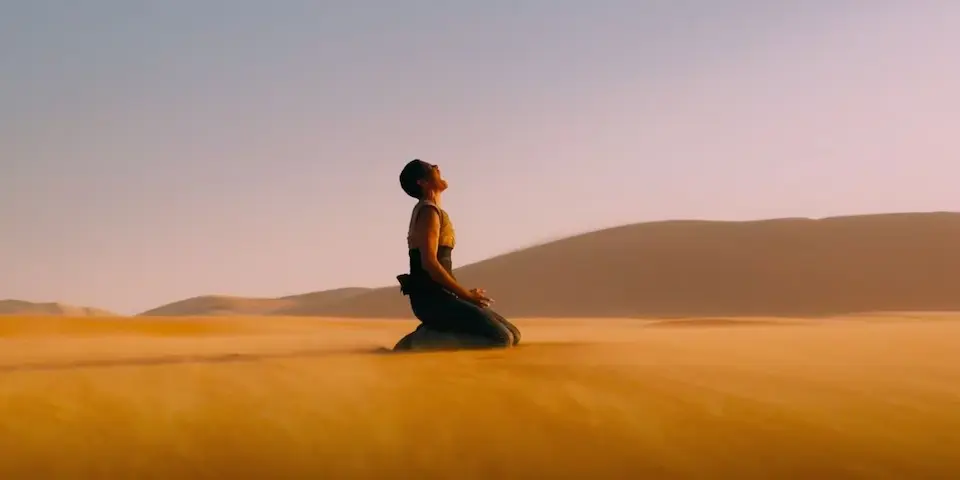
Trailers that teased a girl-boss story were not helpful. I would never say Furiosa goes the length of other franchises when quality is pushed aside to give the political message. This is truly an excellent movie, and it is very superior to most releases this year.
But we’ve reached a point when audiences are tired of paying an expensive ticket just to be lectured for two hours. A marketing approach that suggests feminism or gender ideology in any form will discourage them from going to theaters. I already mentioned how the objective audience for the franchise has always been men, and according to the surveys by PostTrack, Furiosa’s has been 71% male and only 29% female. So, why keep trying to appeal to women who don’t care about it?
There were more interesting topics within Mad Max’s universe that could have been made into films before Furiosa. For example, I would like to know how Immortan Joe came to be a leader and everything about the build of Bullet Farm and Gas Town. There are a series of comics that briefly tell that story, but it would make a great film. Or I would like to learn more about the Green Place. Why was it ruled by women? How many men were there? How did the Vuvalini come to inhabit it, and why was it destroyed?
The root of this situation is the audience’s general lack of trust and resentment towards Hollywood. After years of receiving poorly made productions crammed with aggressive messaging and being bullied by the studios and actors for not liking them, people are finally done with modern entertainment.
It is sad in cases like this when good productions have to pay the price for the industry’s mediocrity. But it is what it is.
Future of the Franchise
George Miller has publicly said that he was planning two more Mad Max-related projects, one of them titled The Wasteland, that would explore some of Max’s travels before the events of Fury Road.
Sadly, Furiosa’s disappointing performance at the box office puts in jeopardy the future of the franchise. Even if the film manages to reach $200.000.000 it would still be losing a lot of money. In fact, some rumors indicate it is going to be retired from theaters at the end of June, barely a month after its release, and will be available on streaming soon after.
What I would really love, and I believe many older fans would too, is to see Mel Gibson back as the protagonist. A story about an older road warrior that has a more similar spirit to the originals, something that could even be made with a more modest budget. Of course, considering that Gibson’s relationship with Hollywood and its politics is not the best, I doubt this will happen. But one can always hope.
The only thing we can tell for sure, is that people around the world are sending a very clear message to the entertainment industry. We’ll have to wait and see whether Hollywood will choose to hear it or not.


